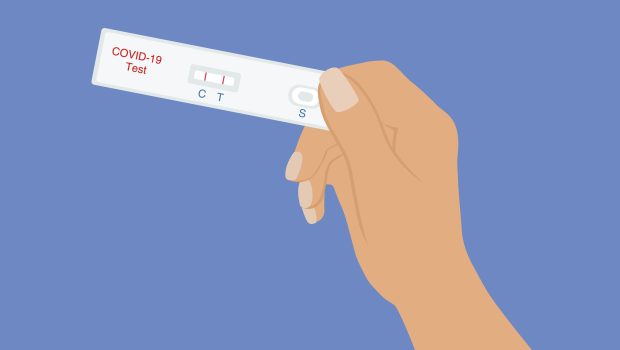COVID Symptoms 2024: Signs of New Variant to Watch

COVID is still a concern, and with the holiday season, we often see a rise in cases. Learn more about the new variants, how to protect yourself, and important tips for staying safe this season.
With the holiday season in the U.S., there is often a rise in cases of colds, flu, and COVID-19. As people gather indoors and travel increases, the spread of respiratory illnesses becomes more common. Health experts are closely monitoring the spread of new variants, with cases rising in several regions.
Find out what symptoms to look for, how to protect yourself, and more below.
What Are the Symptoms of the New COVID Variant?
The symptoms caused by the dominant variants circulating, XEC and KP.3.1.1, are very similar to those caused by previous omicron subvariants, according to experts.
Common COVID-19 symptoms include:
- Sore throat
- Congestion
- Runny nose
- Cough
- Fatigue
- Headache and body aches
- Fever or chills
- Shortness of breath
- Nausea or loss of appetite
- Diarrhea
- Loss of sense of taste or smell
While the latest COVID-19 variants seem to cause milder illness overall, they can still lead to severe disease that requires hospitalization. Some individuals are at a higher risk, including those over 65, people with underlying medical conditions, and those who are immunocompromised.
Additionally, each time a person contracts COVID-19, they risk developing long COVID, a condition where symptoms persist or reemerge for weeks or months after infection, according to the CDC.
How Can You Protect Yourself from COVID-19?
By following precautions, you can help reduce your risk of contracting or spreading COVID-19. Here are some key ways to protect yourself:
- Get Vaccinated and Boosted
Stay up to date with COVID-19 vaccinations and boosters to help reduce the severity of illness and the risk of transmission. - Wear a Mask
In crowded or indoor spaces, wearing a mask, especially in areas with high transmission, can help protect you and others from the virus. - Practice Good Hand Hygiene
Wash your hands regularly with soap and water for at least 20 seconds, or use hand sanitizer with at least 60% alcohol when soap is unavailable. - Avoid Crowded and Poorly Ventilated Spaces
Limit exposure to large gatherings, and ensure indoor spaces are well-ventilated by opening windows or using air filtration systems. - Stay Home If You’re Feeling Unwell
If you’re experiencing symptoms like fever, cough, or fatigue, stay home to avoid spreading the virus to others. - Monitor Your Health
Be vigilant about any symptoms and get tested regularly, particularly if you’ve been in contact with someone who has tested positive.